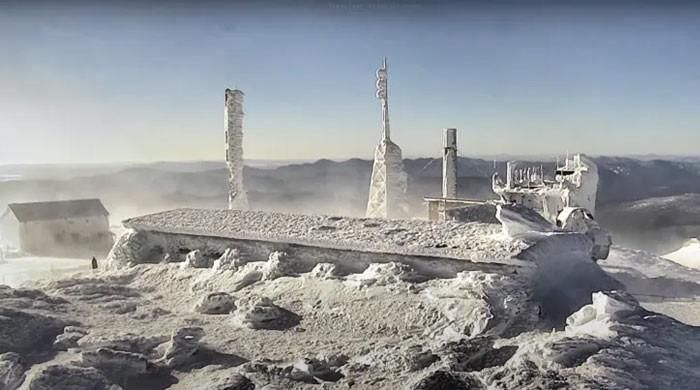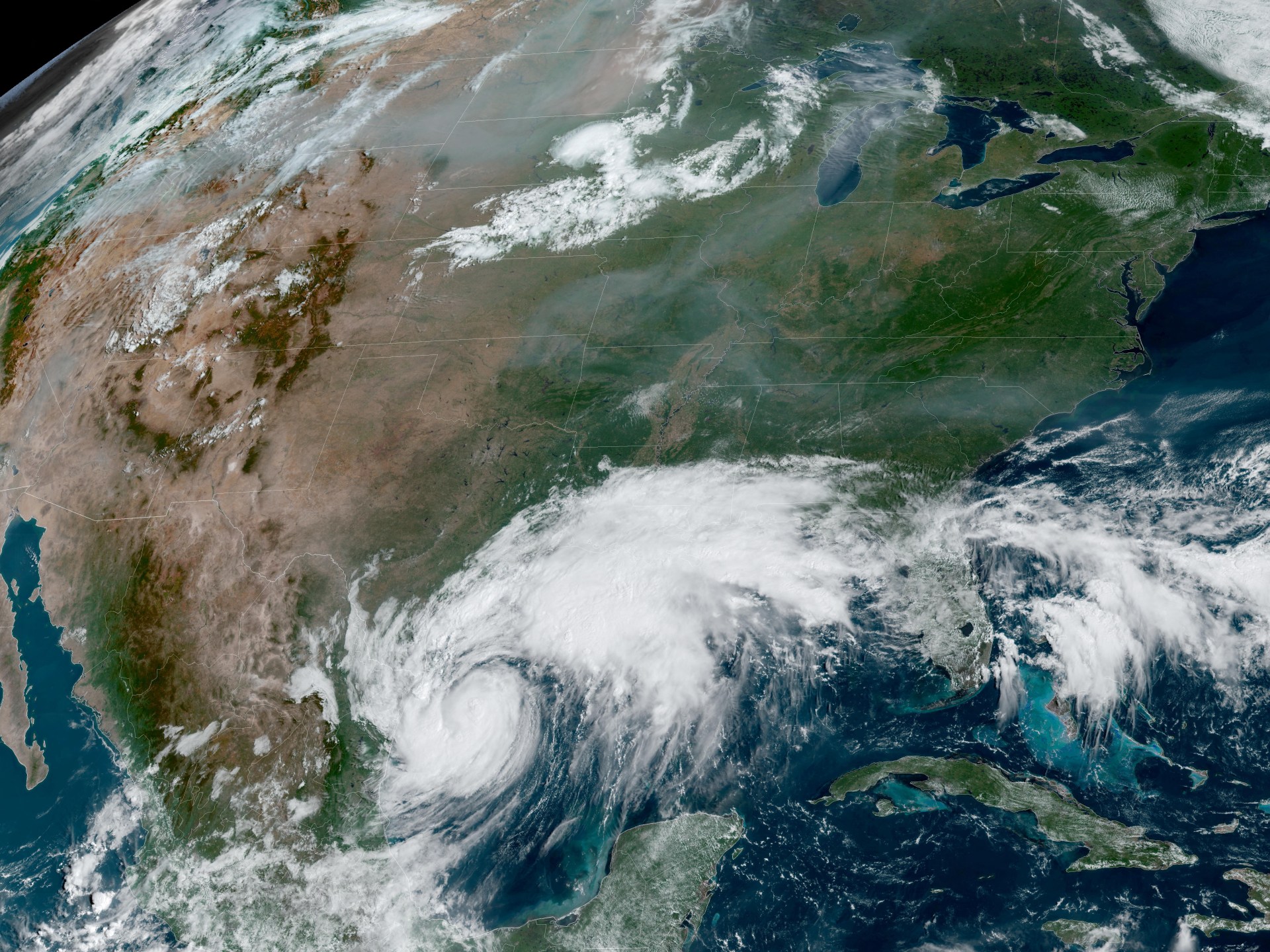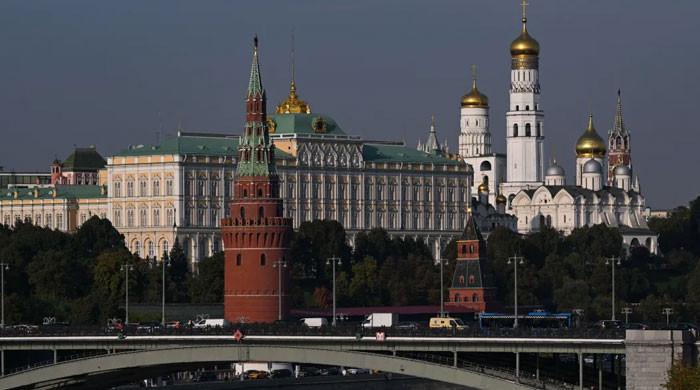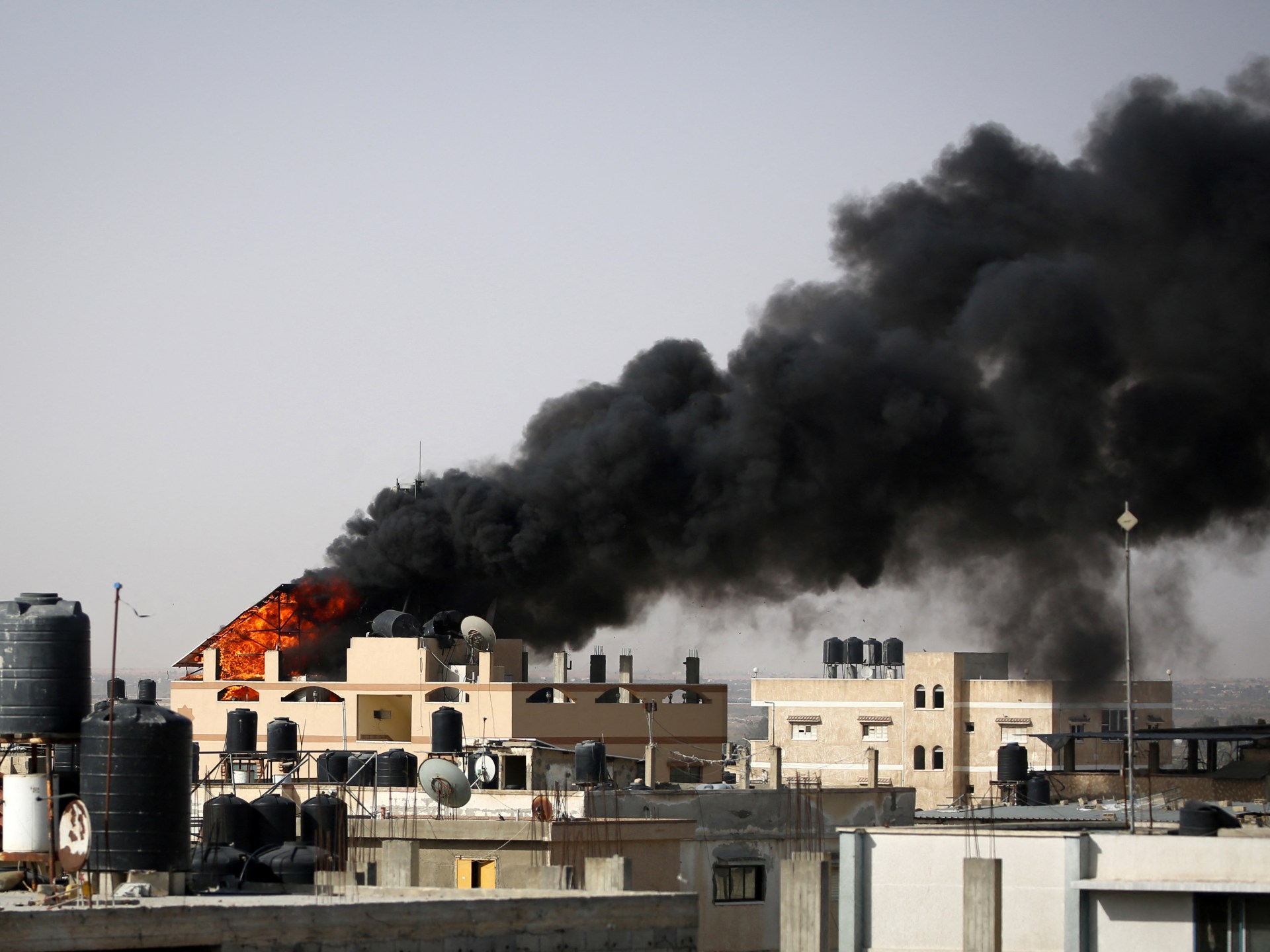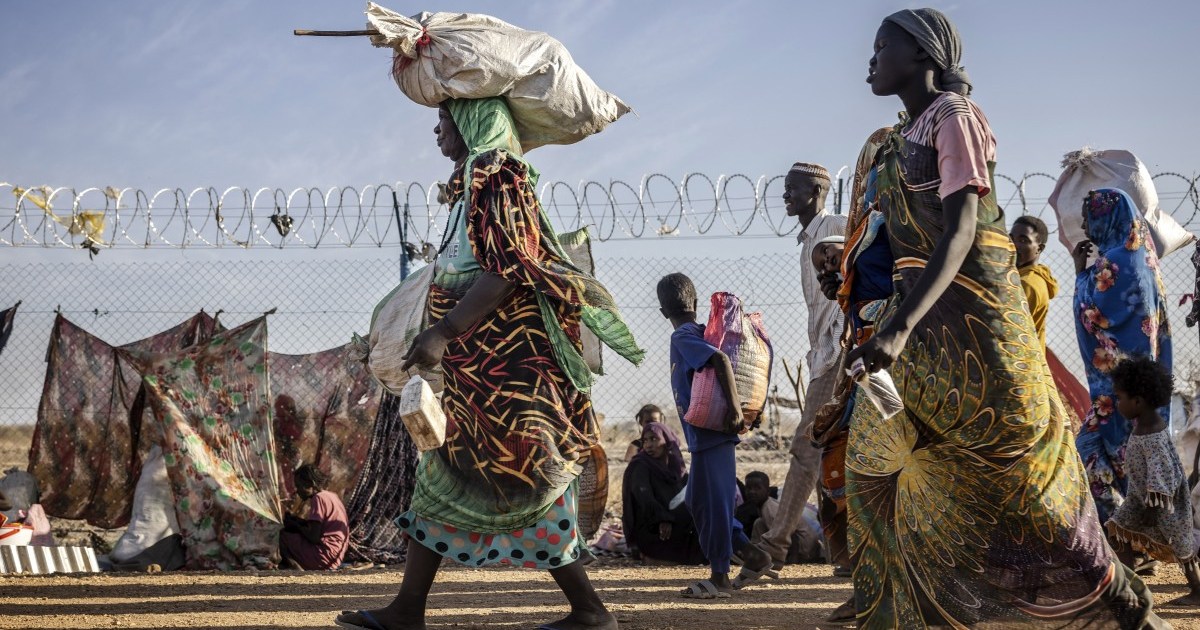The polar vortex is unleashing one of the coldest stretches of winter yet, and the U.S. braces for an icy onslaught
A bone-chilling cold is gripping the United States as the polar vortex prepares for an icy assault.
This weekend, an arctic cold is expected to grip the nation, leaving football fans in the Midwest shivering and Iowa voters facing subfreezing temperatures just before the crucial state caucuses.
The polar vortex is a large area of extremely cold air near the North Pole. It is called a polar vortex because the air in this region rotates counterclockwise. Now, this cold air gets even bigger and moves south, bringing with it a blast of very cold air.
On Jan. 13, when the Kansas City Chiefs face the Miami Dolphins in an NFL wild-card playoff game, temperatures in Kansas City are forecast to plummet to minus 21 degrees Celsius. At the same time, Iowa City is bracing for a -12.7 degree Celsius freeze, a dramatic departure from the spring-like conditions experienced last December.
This sudden freeze is causing a surge in demand for heating fuel in homes and businesses, resulting in a significant increase in natural gas prices, the most substantial increase since July 2022. Concerns are also increasing about the capacity of power grids to handle the increased load. mounting.
Rob Carolan, owner of Hometown Forecast Services, warns: “Winter took about six weeks to start, but it will be a big hit for the next two weeks. This will be the coldest stretch of winter yet, from the Plains to the Midwest “
Several atmospheric factors are contributing to this icy attack. A warming in the stratosphere above the North Pole disrupted the polar vortex's usual flow, allowing it to send a surge of Arctic air south toward Canada and the United States.
Blocks, or stationary patterns of atmospheric pressure, across Greenland and eastern Canada are intensifying the cold, pushing the polar jet stream further south. The presence of snow in the Great Plains and the Midwest is adding momentum, which could bring the freeze to southern Texas.
In Texas, the state's grid operator is on high alert due to the risk of higher demand and lower power reserves. Dallas could see temperatures drop to -9.4 degrees Celsius on January 15, while Houston could face -4.4 degrees Celsius on January 16.
While gas prices rise in anticipation of the Arctic cold, the heating oil market remains weak and has ample reserves. Meanwhile, the Northeast, including New York, will experience a climate roller coaster, going from a powerful storm on January 12 to freezing low temperatures on January 14.

